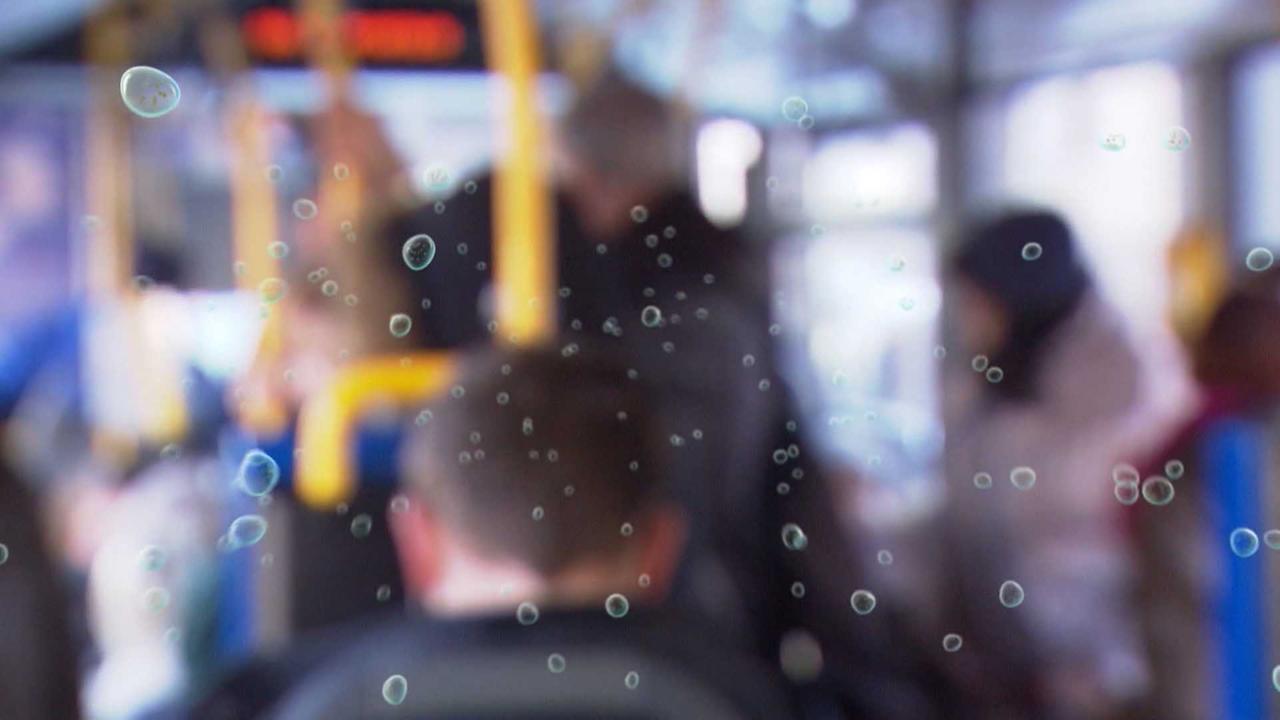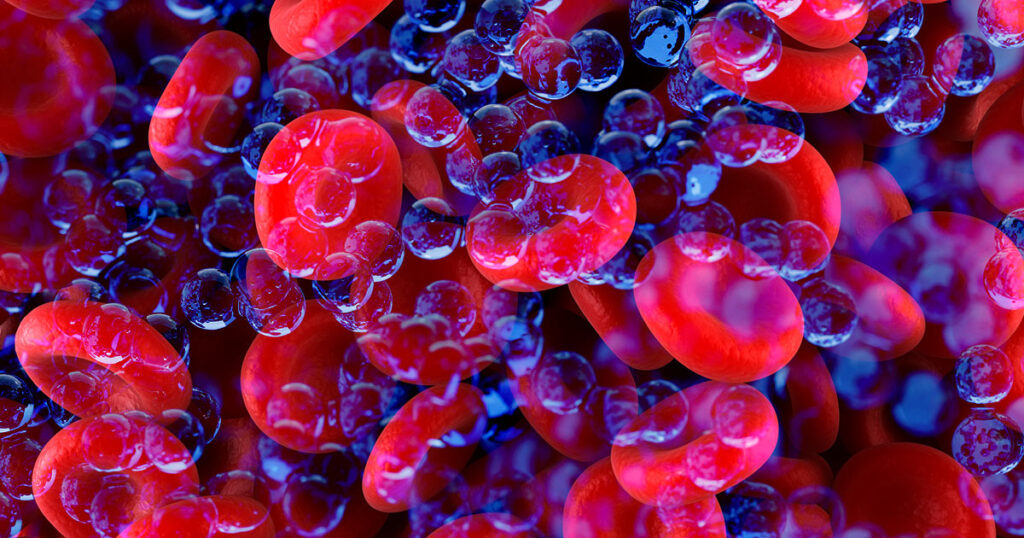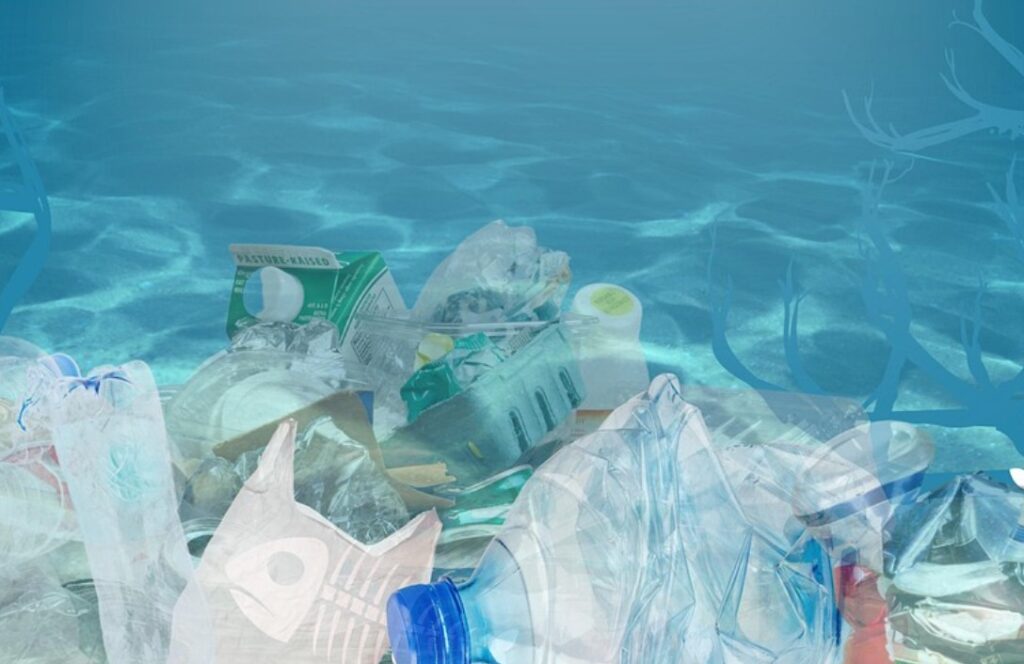Aerosols have long been considered a dangerous carrier of the coronavirus. Researchers now hope to have detected complete live viruses on the tiny suspended particles for the first time.
Those who do not want to be infected with the corona virus should wear a mask and keep their distance. This measure is not only recommended by virologists, but has now been prescribed by authorities in Germany. Anyone who does not adhere to it is committing an administrative offence. The corona rules exist because only a few weeks after the outbreak in Europe, doctors discovered that the virus spreads not only through direct contact and droplet infection, but also over long distances through the air via tiny airborne particles.
However, it has not yet been clarified how much virus really sticks to the microparticles that people exhale or spray when they speak. Researchers at the University of Florida have now provided evidence that the viral load of these so-called aerosols can indeed be large and also infectious. So far, medical experts have only agreed that parts of the viral DNA are attached to these suspended particles. The US researchers found out that even complete live viruses can attach themselves to the suspended particles.
Tests in hospitals
At a distance of two to five metres, the researchers took the infectious test air from Covid-19 patients admitted to hospital. This distance is far greater than the officially recommended distance of 1.5 metres, as prescribed in Germany, for example. Nevertheless, the scientists succeeded in isolating the Sars-CoV-2 virus from these samples. This virus was identical to the samples taken directly from the patients, the authors explain. Therefore, they could not have come from other Covid-19 patients in the hospital. However, the study has not yet gone through the peer review process, the external expert opinions are still missing.
Aerosol expert Linsey Marr considers the results of the study to be groundbreaking: the isolation of the live virus from the air we breathe is a “smoking gun” – a pretty clear proof – the US researcher twittered enthusiastically. She herself was not involved in the study.
However, there is still no scientific proof of whether the viral load on individual suspended particles is sufficient for an infection. The US researchers therefore continue to cautiously write that the viral load on the suspended particles could be sufficient to trigger an infection in a human. At least the experiment was able to prove that the aerosol viruses are infectious at all.
In practice, there are several incidents that seem to confirm this theory, as several so-called superspreader events, such as choir singing, have been shown to infect people without having had any physical contact.
Already at the beginning of March, choir members became infected with the corona virus during a rehearsal in a church in the small town of Mount Vernon north of Seattle. A single choir member with Covid-19 symptoms infected 52 of his fellow choir members. Three were hospitalised, two died.
Viral transporters measuring a thousandth of a millimetre
Research on aerosols is particularly tricky because they are only a few thousandths of a millimetre in size and therefore invisible. If bacteria or viruses adhere to the particles, they are called bioaerosols. Isolating the viruses from the suspended particles is very complex due to their small size.
In the new study, the researchers use a liquid enriched with salt, sugar and protein to immediately preserve the pathogen and then isolate the virus at rest.
— Hector Pascua, Source: spiegel.de
This post has already been read 1122 times!



